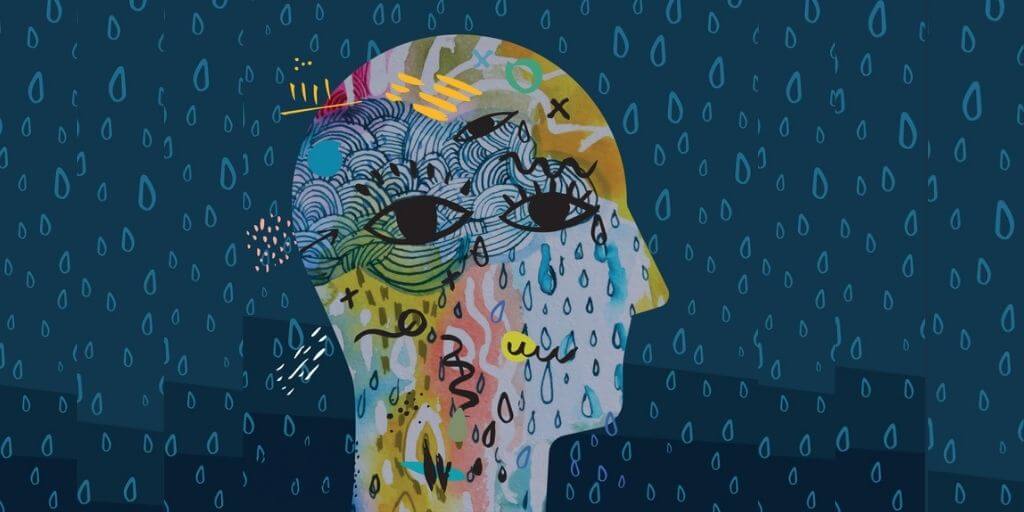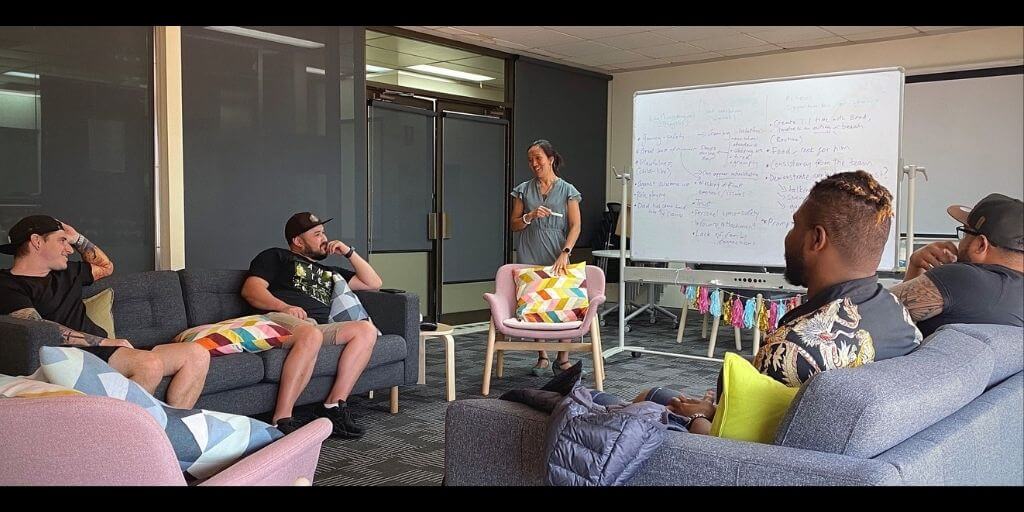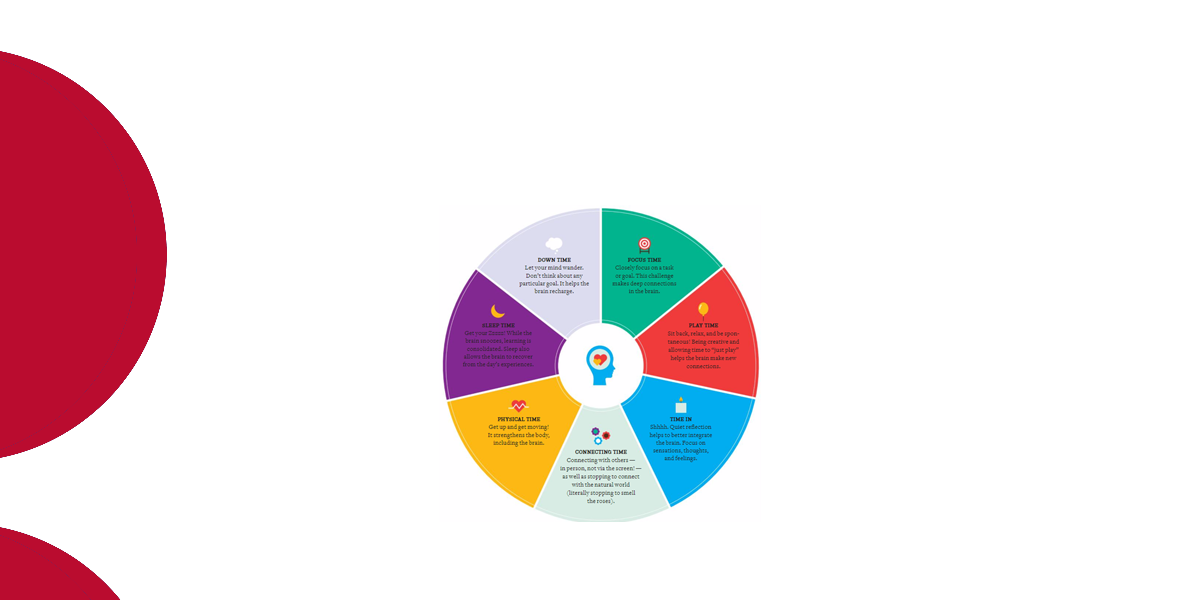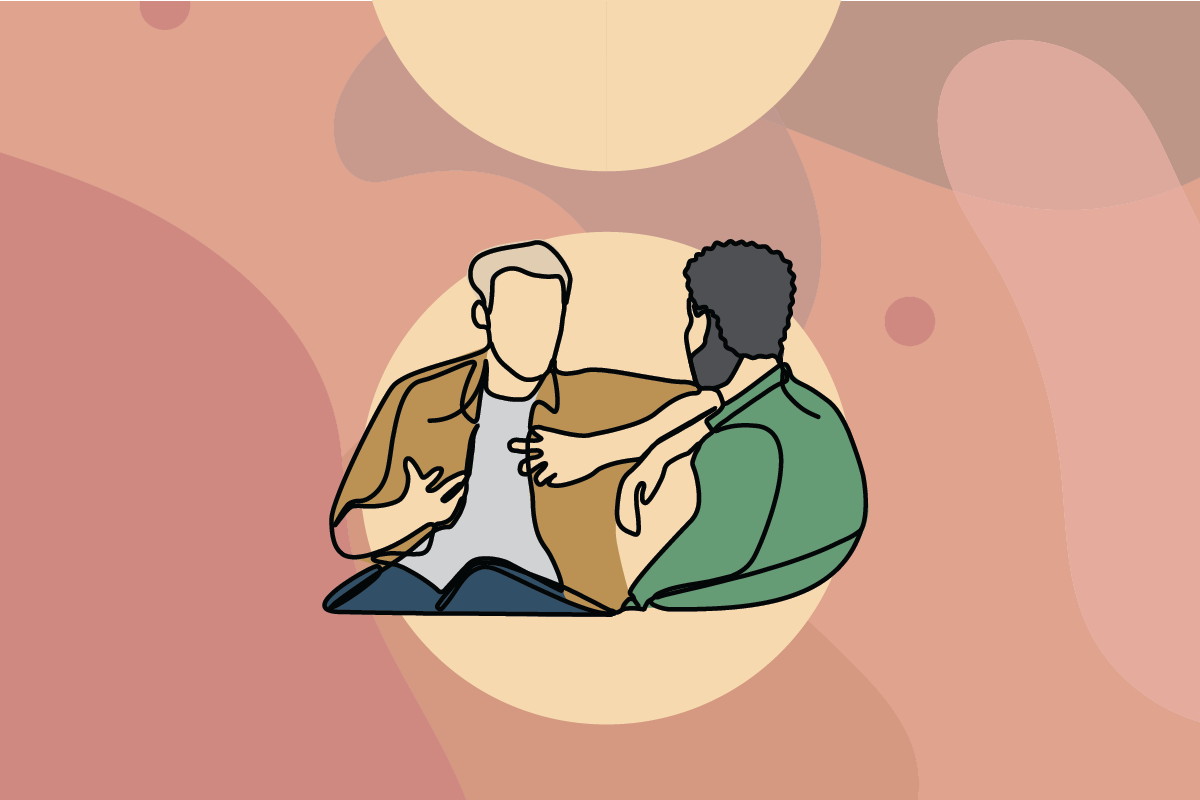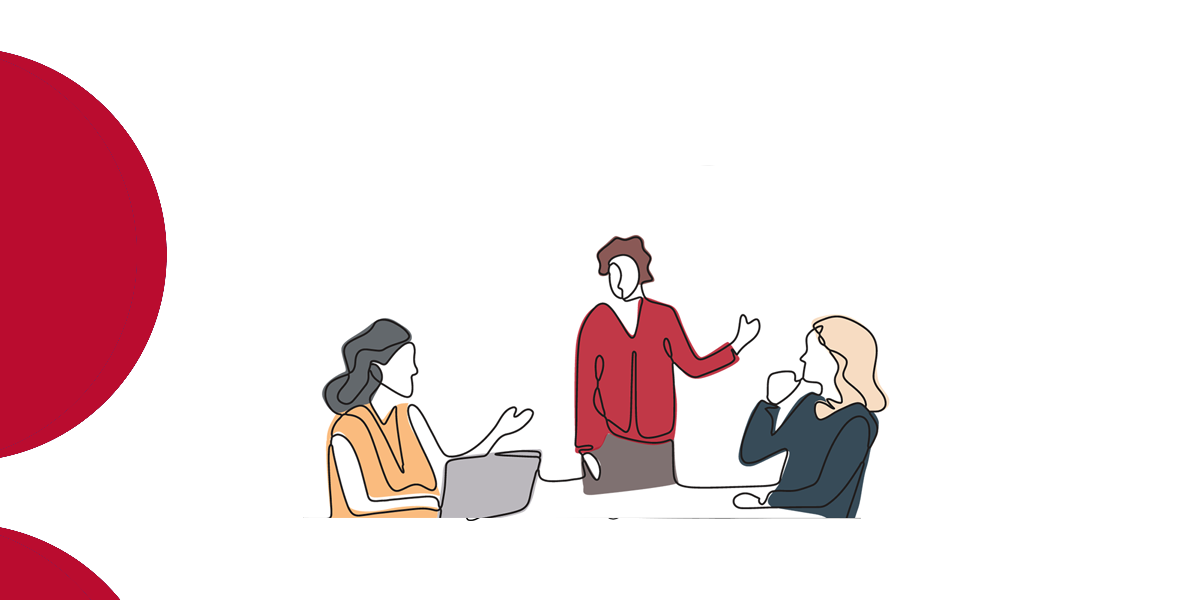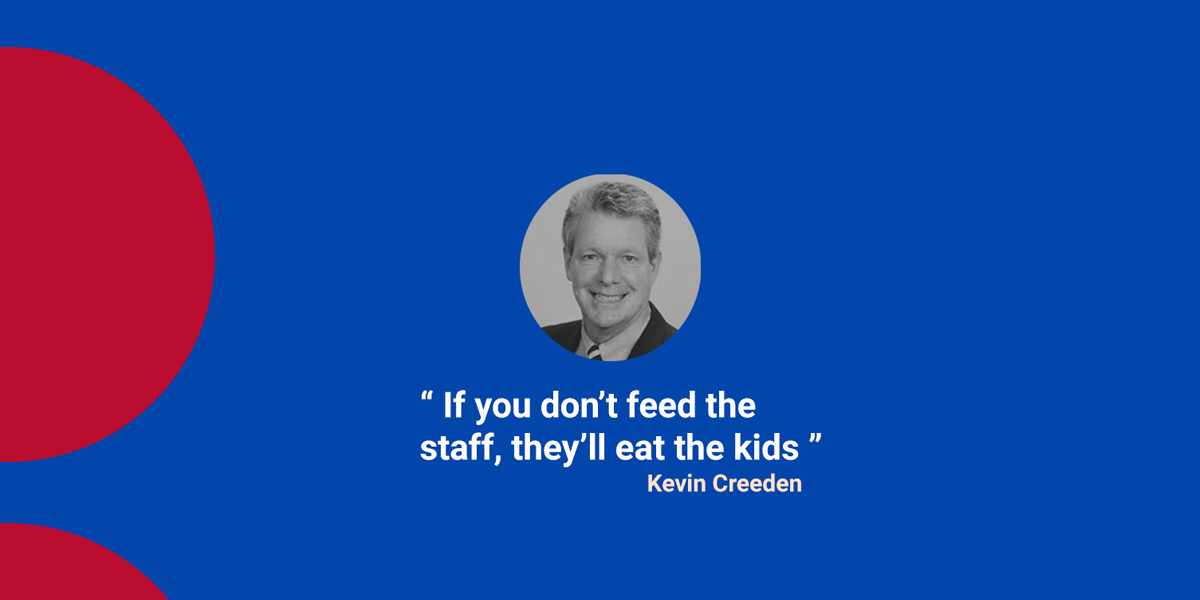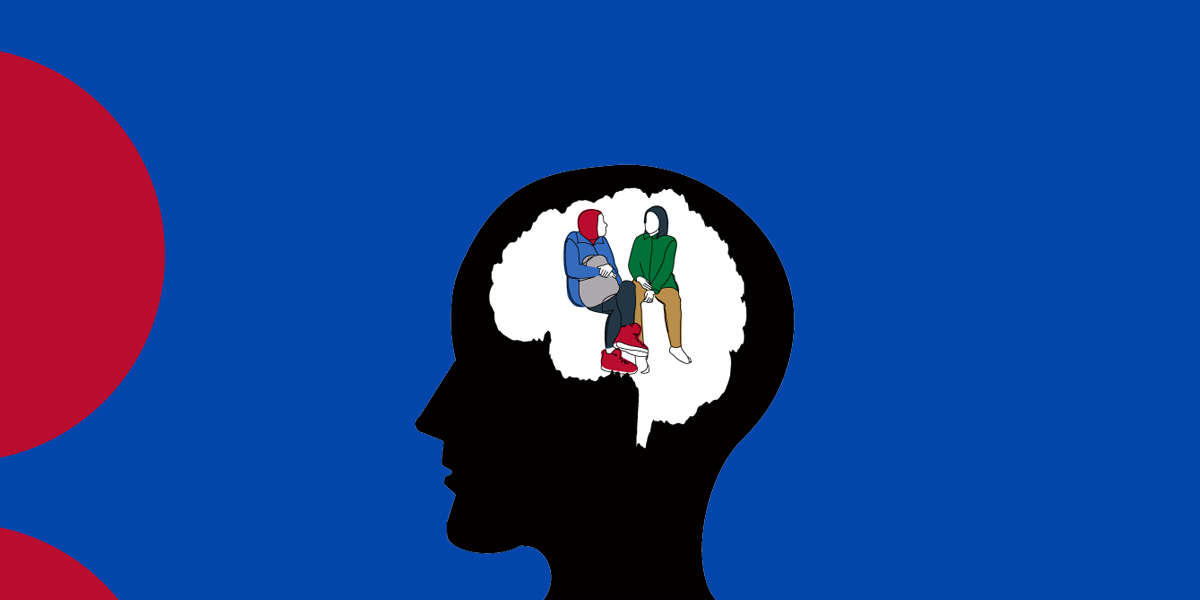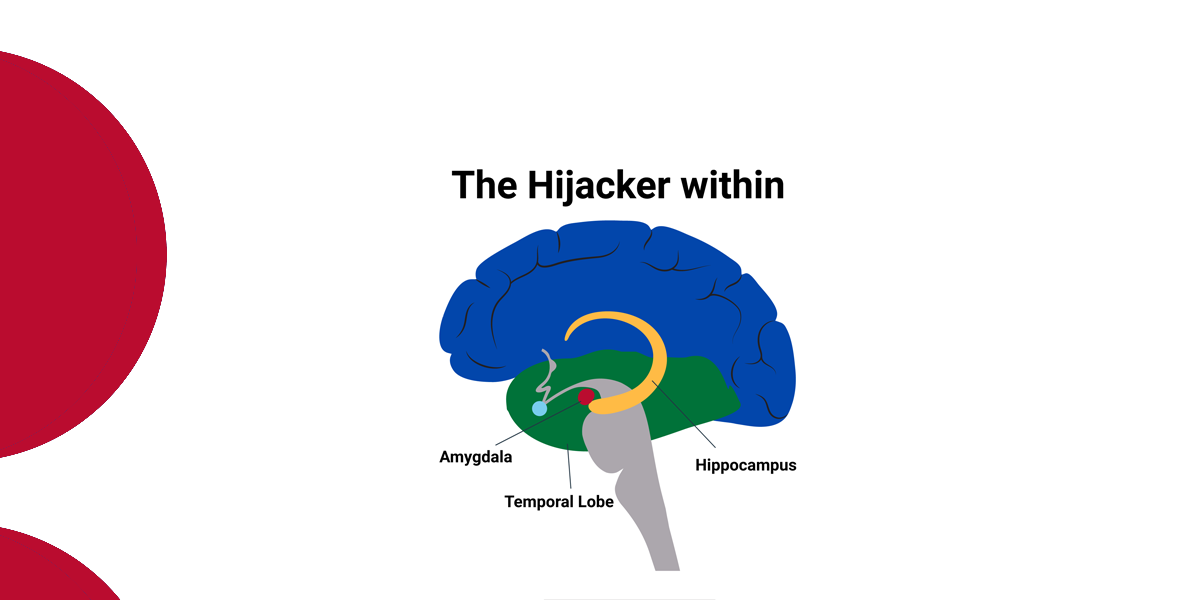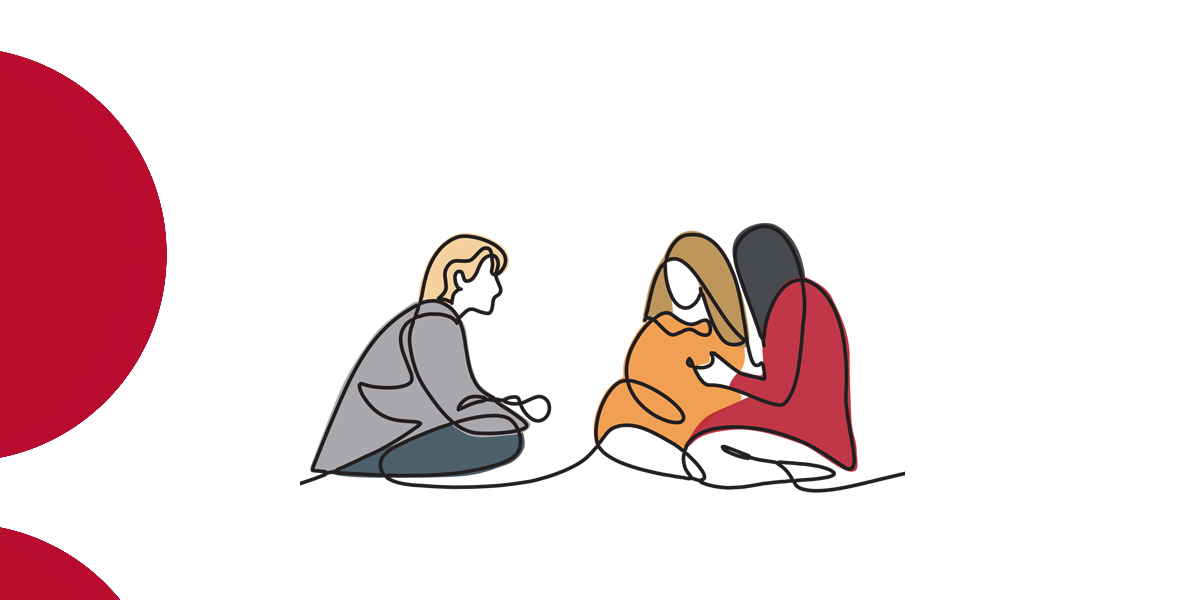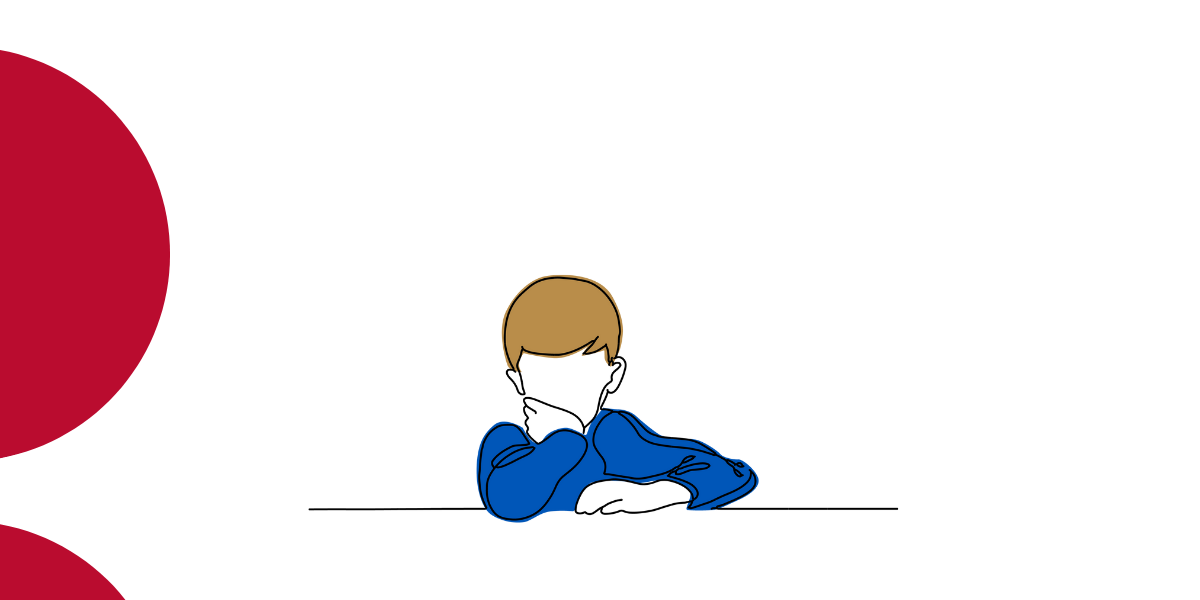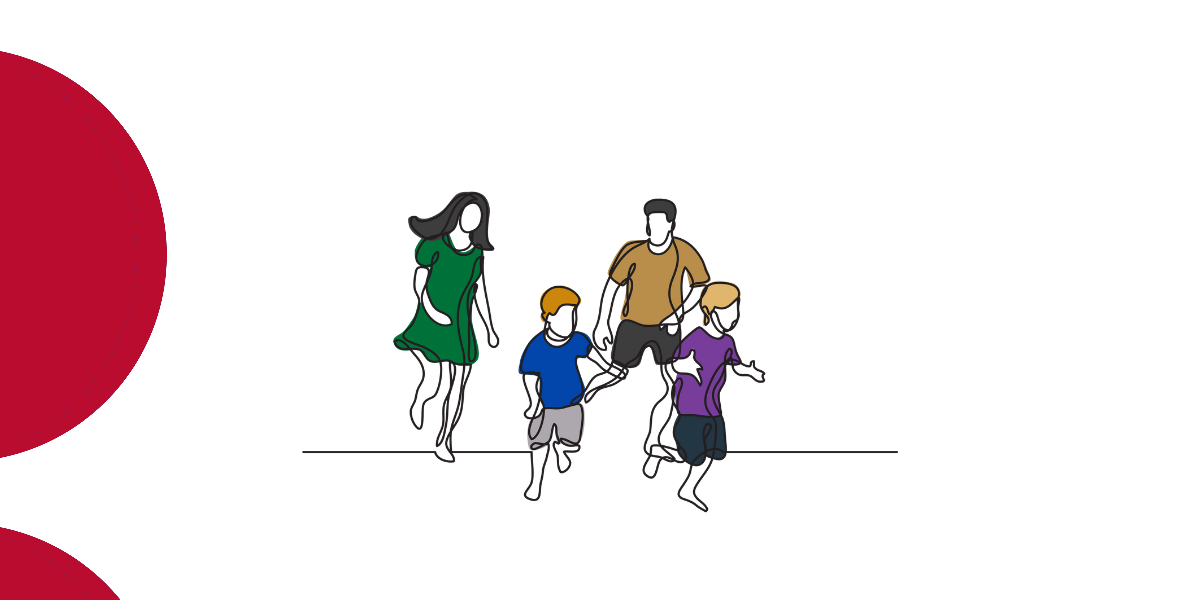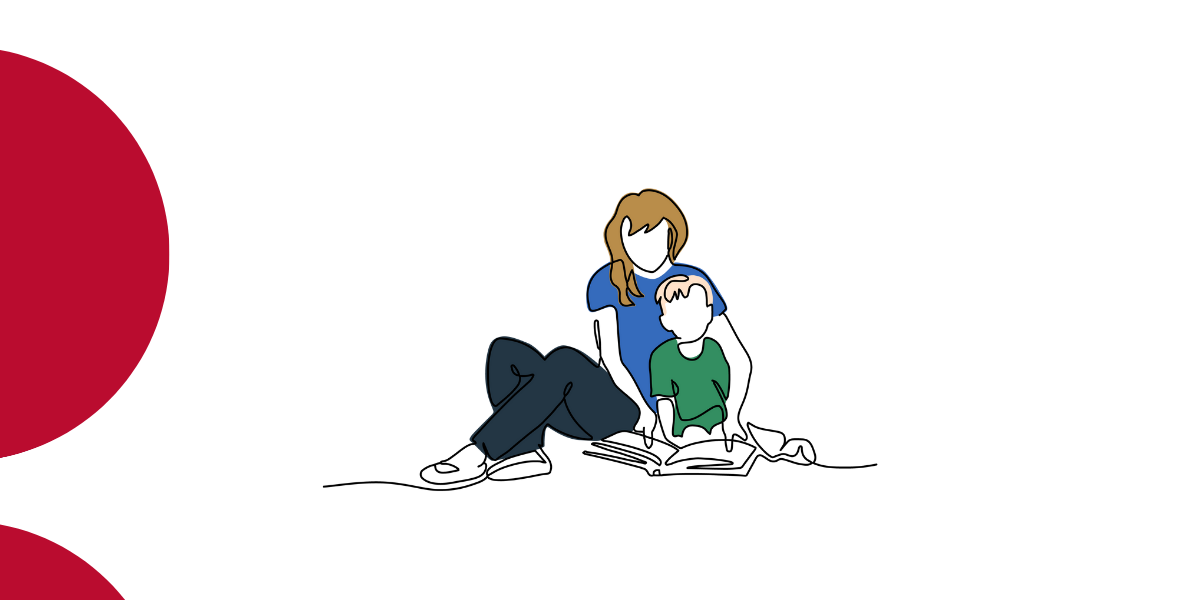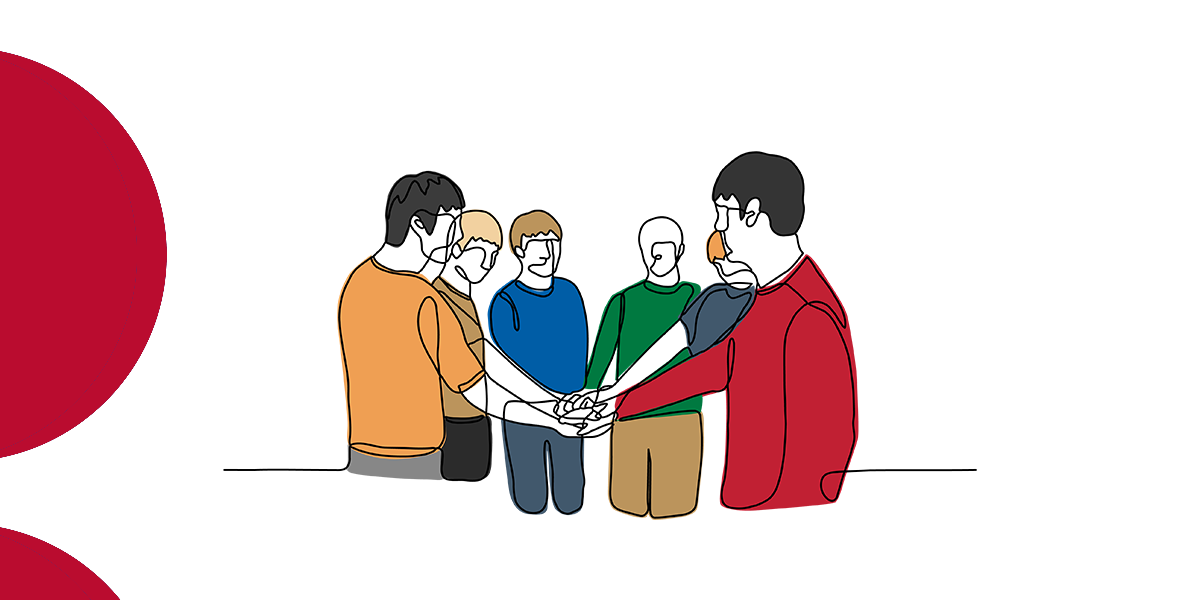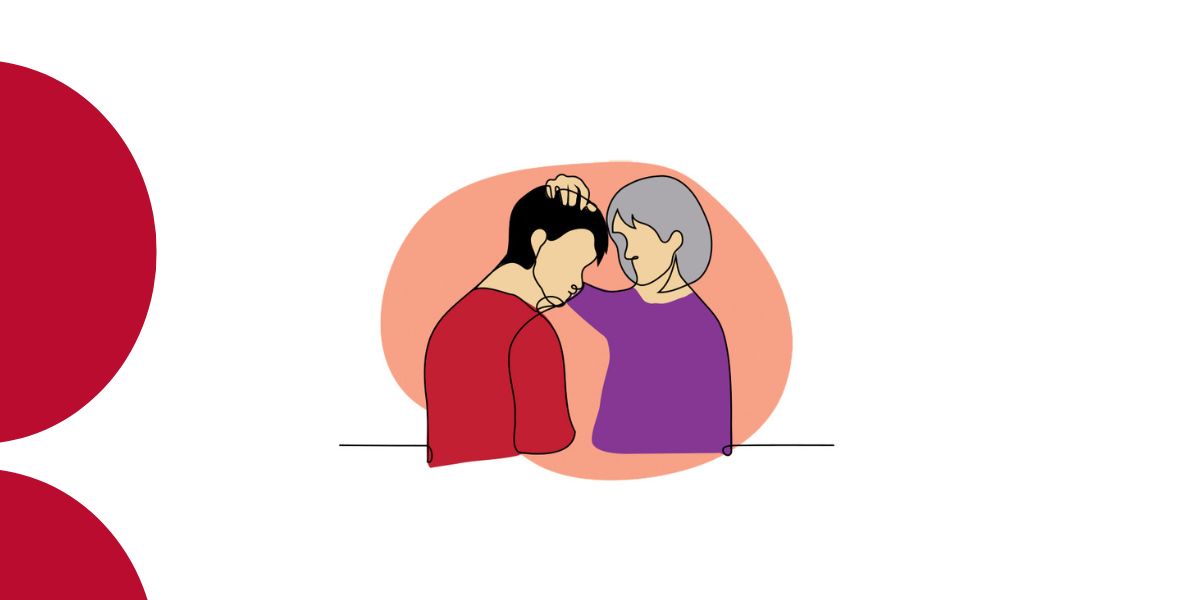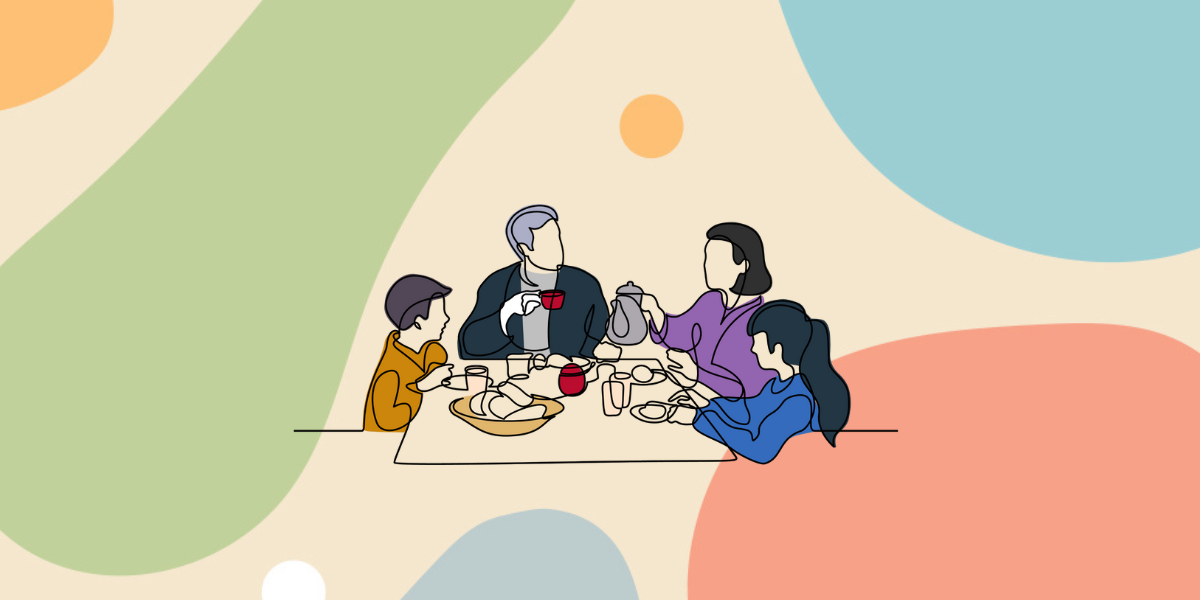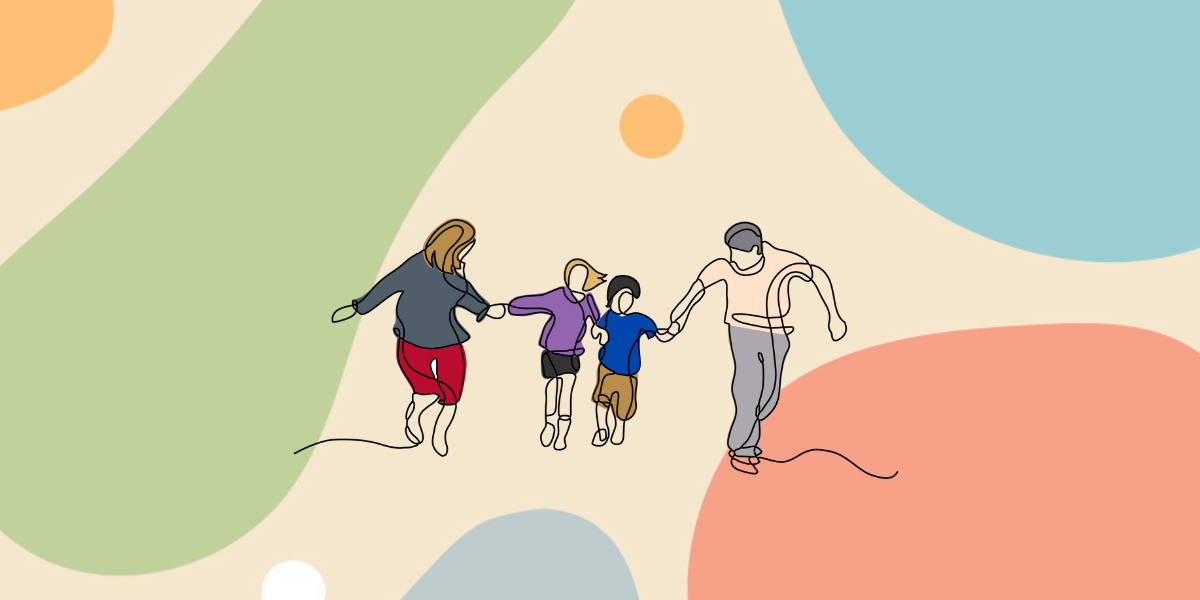Thirteen coping strategies that caregivers can use to support young people through their grief process
Aug 2023
Written by Sally Denning
Being in out-of-home care (OOHC) often means loss: loss of parents, siblings, extended family, pets, home, school, and friends. Grief is a normal and healthy response to loss. Children can experience grief and loss from a very young age. For all carers, it is important to recognise that each child has their own way of grieving.
Foster and kinship carers do not need to become specialised loss and grief “counsellors” for young people. The role of the foster or kinship carer is not to “cure” a child’s grief. Rather, their role is to support and enhance the normal healing of the grieving process. As a carer, you already have skills and knowledge, but the most valuable resource you have is the relationship that you have with the child in your care. Developmental trauma in children can present challenges for foster and kinship carers, but when it is coupled with grief, such as that resulting from the death of a parent, grandparent, pet, or other loved one, it can leave even the most empathic and dedicated caregiver feeling bewildered and at a loss of how best to respond.
This blog offers some trauma responsive strategies and ideas to help ease a difficult time.

Grief and loss
The feeling of grief is an indicator that we have lost something we care about, and we feel this deeply within our bodies and in our nervous system. Grief is something we all have in common and can occur after any kind of loss. For children and families involved in the child protection system, loss and grief are inescapable and profound. From first contact with the child protection system, many families experience a loss of control and autonomy. With every placement change, the losses mount and the grief multiplies. This can be true whether the placement move is necessary for child safety or other reasons, and whether the separation of family is brief or long term.
Let’s consider some different types of loss and grief relevant to children in OOHC:
- Ambiguous loss is when a loss which “cannot be clarified or verified becomes traumatic” (Boss, 2000). These losses without closure describe the experiences of some children in OOHC. Children may not know how long they will be in OOHC, whether they will see their family again, whether they can visit their siblings, which school they will attend, or exactly what losses they have experienced. When the loss cannot be defined, children can be expected to experience more difficulty grieving that loss.
- Chronic sorrow describes the impact of recurring experiences of ongoing loss for many children in OOHC and their families (Roos, 2002). Multiple and cumulative, losses are not only physical, such as placement moves, but existential, with hopes and dreams, self-concept, identity and belonging profoundly changed. The loss is ongoing, as is the sorrow.
- Non-finite loss (also known as “lifespan loss”) describes the ongoing presence of the loss itself, which is re-experienced throughout a child’s life (Bruce & Schultz, 2001). For many children in OOHC, the loss of family, community, culture, and identity is an ever-present reality. Non-finite loss and chronic sorrow are evident in the legacy of the Stolen Generation.
- Disenfranchised grief is when a person has experienced “a loss that cannot be socially sanctioned, openly acknowledged or publicly mourned” (Doka, 2002). These losses are not seen as legitimate, or grief-worthy, and the person is not deemed to have a right to grieve. This can happen when children are expected to adapt to a new situation, like a new placement, a new school, or a new culture. Little attention is paid to what it means to them to have left their own family, their community, their culture.
The experience of loss and grief comes with emotions of anger, confusion, and fear. Since the process is deeply personal and unique to each individual who is impacted, there is no predictable timetable for grief, and there is no right way to grieve. Grieving can be difficult for an adult who is in familiar surroundings but is suddenly without their child, and more so for a child who may be in an unfamiliar environment and surrounded by strangers, like in a foster care. Children don’t always have the words or the developmental capacity to say how they feel, and their emotions are often expressed through their behaviour. A child who appears depressed, oppositional, or ill, may in truth be expressing deep sorrow.
For young people who have experienced complex developmental trauma, grief can be quite confusing for them. The depth of feeling that grief creates can be a catalyst for triggering unprocessed feelings of abandonment, rejection, and loss. These feelings can manifest as mood swings and behaviours including angry outbursts, withdrawal and solitude, running away, and defensive reactions such as physical altercations with others.
Supporting grieving young people
Even though young people experiencing grief may show behaviours that are designed to push you away, it is at these times they need you more than ever. Your response will not only assist them with their feelings of grief, but also support new templates of connection and resilience.
They need you to sit beside them in their sadness. When the time is right for them, they need you to help them unpack these big feelings, including how they may be feeling in their body. The sense of presence you offer them at this challenging time builds a sense of trust that caregivers can be with them at their deepest and darkest hours. Being present is about being open and receptive to what is happening for them and assisting them to understand their feelings and themselves a little better.
When they are ready, they need you to support them with some coping strategies. These strategies are not at all about denying the pain or sadness, they are about helping children resource themselves to be with their feelings, rather than be hijacked by them.
Young people need to know that feelings of grief are a natural response to loss, and it is something that happens to us all. Loss is not only experienced when there is a death, it can be experienced when a child is separated from a loved one or from other things that are important to the child’s life, or when contact arrangements don’t happen or are not planned.
They need to know that it is okay to be sad and that you will support them through their feelings. Being sad is a natural response to feelings of grief.
13 coping strategies that caregivers can use to support young people through their grief process
Remain curious about the child’s experiences of loss.
Be present for the young person in their sadness. Being present shows itself in your facial expressions, voice, and posture, perhaps in sitting beside them, with a gentle tone and pace of speech, such as using a light, modulated tone to describe some of the feelings the young person appears to be showing. Use of gentle touch, if appropriate, to show you are present and available.
Develop knowledge and awareness of anger that can at times be a mask for grief or sadness. Help the young person build a narrative to help them understand their feelings and reassure them that you will stick by them through this time. This might mean being close by but not too close. Let them know it is okay to feel sad or cry, avoiding phrases that could suggest they should not be feeling the way they do.
Work with the young person to consider a ritual or ceremony to honour who or what has been lost. One way might be to create a memory box, and put words, objects, drawings, and photos inside that remind you about who or what was lost.
Go for a memory walk in nature with the young person. As you walk side by side, see if you can find aspects of nature that remind you of good times with the person or pet lost. Perhaps stop to smell the plants and use the scent to fondly remember them. Take some cuttings to press in a book or create a picture with them when you get home.
Create a mandala out of stones or objects of nature, as an offering to the one that is now gone.
Read the children’s book The Invisible String by Patrice Karst together and talk about how we stay connected with those who are not nearby.
Write a letter together, either about or addressed to the lost loved one, and put it in a special place such as your memory box or another special place.
Place a special plant in the garden, or take a cutting to grow in a pot, as something to remember them by.
Pick some flowers and put them beside a photo of the lost loved one. Show the young person that the person can be remembered every day with fresh flowers and a greeting.
Create a reflective space in the garden where you and the young person might go when you want to think about the lost loved one, a space where you can feel present with them in your heart.
Draw a big heart on paper together, and inside the heart put all the words and ideas the child is thinking and feeling about the loss. This might include what they wish they could have said, feelings they have now, and feelings of love and connection to who or what was lost.
Use a sand tray for the young person to draw a picture, using miniatures, items from nature, or just their fingers in the sand to illustrate how they are feeling.
Self-care
Sharing in the experience of loss and grief with young people is of course a difficult and potentially heart-rending task. As carers, it is easy to prioritise the needs of the children in your care ahead of your own well-being. But taking time for yourself is not selfish. Everybody needs space to unwind and relax and giving yourself permission to take some time to recharge your batteries can give you more energy and patience to meet the needs of others.

References
Boss, P. (2000). Ambiguous Loss. Learning to Live with Unresolved Grief. Harvard University Press.
Bruce, E. J. & Schultz, C. L. (2001). Nonfinite loss and grief: A psychoeducational approach. Brookes Publishing.
Doka, K. J. (2002) Disenfranchised Grief: New Directions, Challenges, and Strategies for Practice. University of Michigan.
Roos, S. (2002). Chronic Sorrow: A Living Loss. Routledge.


